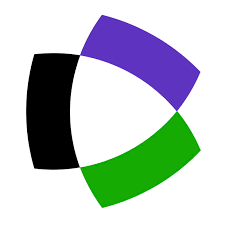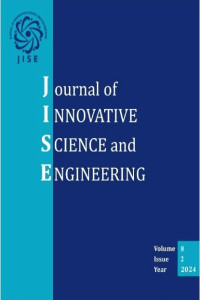Research Articles
Research Article
4. Deep Learning-Based Damage Assessment in Cherry LeavesResearch Article
6. Leaking Network Devices with Rubber Ducky AttackResearch Article
8. A Study on Trans-para-Sasakian ManifoldsIssue Reviewers


Ahmet Saygılı works as an Associate Professor in the Computer Engineering Department of Namık Kemal University, Tekirdağ. Ahmet conducts research on Medical Image Processing, Machine Learning and Data Mining.
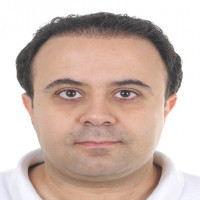

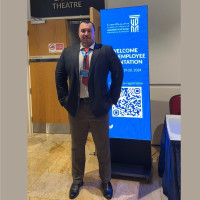



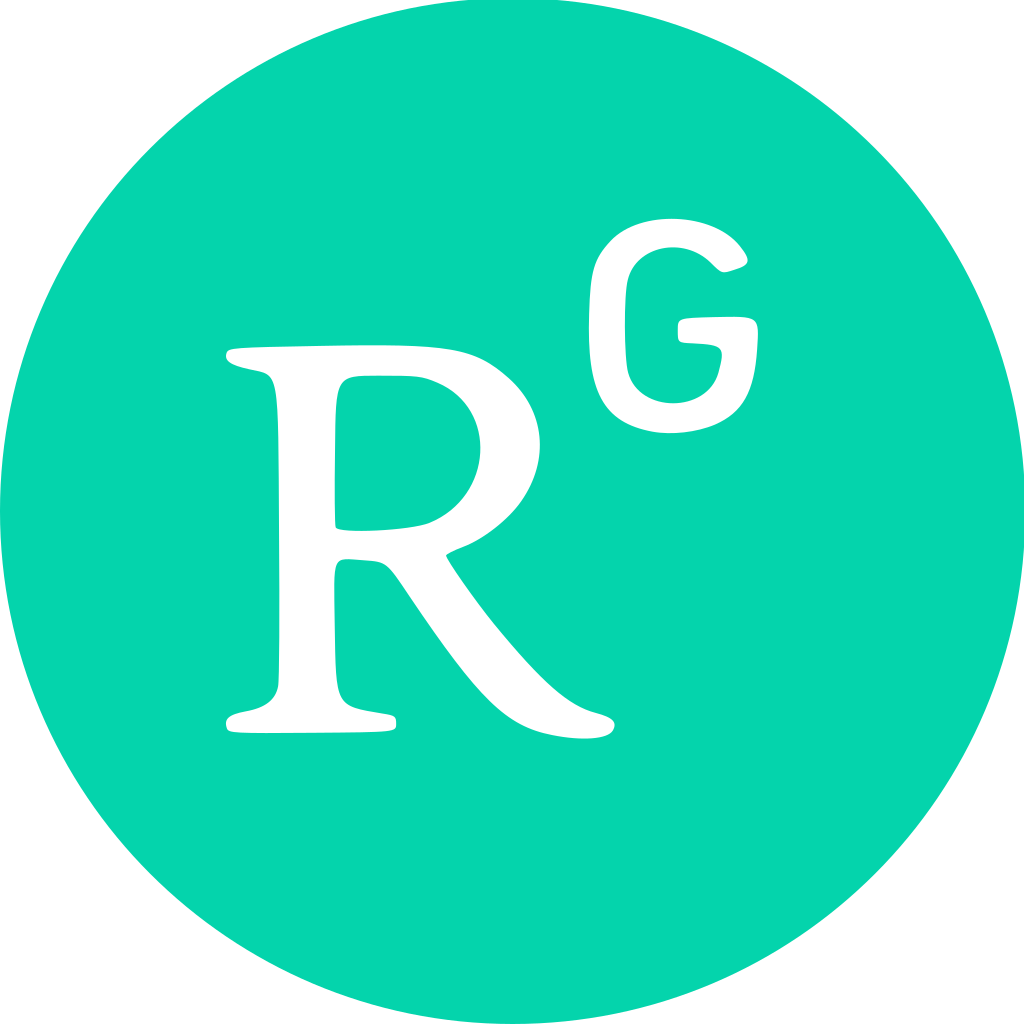
 Web
Web
Isparta University of Applied Sciences Faculty of Technology Department of Mechatronics Engineering








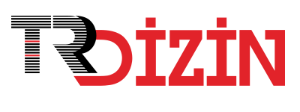

Bilgisayar Bilimleri
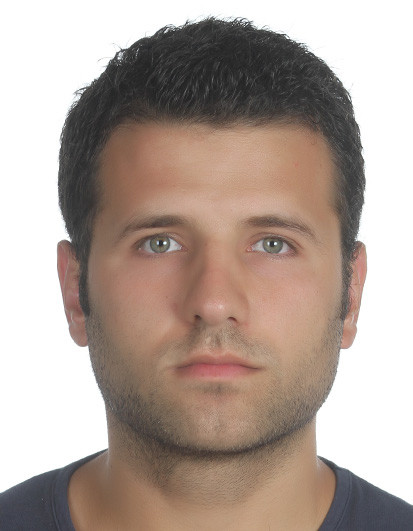




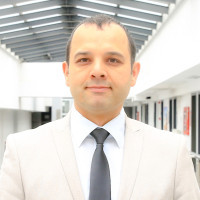
Aim & Scope
Journal of Innovative Science and Engineering is an international multidisciplinary peer-reviewed journal that dedicated to publishing high-quality research in the fields of basic and applied Sciences and a wide range of subfields in Engineering. JISE publishes two issues per year. At least 10 articles are published per year.
The journal accepts manuscripts from researchers, academicians and professionals all over the world to combine, promote, share, and discuss new ideas, issues, and developments. Submitted articles will be reviewed by Scientific Committees of the Journal.
Author Guidelines
1. General
This document presents instructions for authors who are preparing a manuscript to submit to Journal of Innovative Science and Engineering (JISE). Manuscripts for consideration should be submitted to the Editorial Manager via online system (Dergipark) once you have read the author guidelines below.
Submission of a manuscript implies that the work has been submitted only to JISE; that it has not been previously published, nor it is under consideration for publication or in press elsewhere; that its publication has been approved by all co-authors. JISE will not be held legally responsible if authors fail to follow this condition.
A copyright agreement form and cover letter should be attached.
1.1 Article Type
JISE publishes scientific research articles. Research articles should report results of an original scientific study where conclusions are based on significant findings after thorough evaluation of the topic.
The manuscript should be compiled in the following order: title page (including title, author’s affiliations, abstract, keywords); main text (introduction, materials and methods, results and discussion, conclusion); acknowledgements (funding and grant-awarding bodies); references; supplemental material (as appropriate).
Review articles can only be published upon invitation from the editor in chief to the renown expert in the field.
1.2 Format
The manuscript should be prepared on MS Word processor, in single line spaced using Times New Roman font on an A4 format with margins of 1.5 cm from all sides. All pages should be numbered consecutively. Manuscripts will not exceed 30 printed pages including; title page, main text, acknowledgements, tables and figures, and references.
1.3 Language
The manuscripts are accepted in English. It is the responsibility of the author to assure that the article is written in a clear and concise language. Manuscript submitted in poor quality and insufficient English will be rejected during pre-evaluation process. If English is not your native language, you may want to have your manuscript edited by a native speaker prior to submission.
2. Title Page
2.1 Title
Title should be written using bold type and Times New Roman font size 14 with lower case letters and center aligned. The title should be concise and informative, yet the number of words in the title should be limited to those words that highlight the significant content of the article. The title should not contain less common acronyms.
2.2 Author Information
Leaving one line after title, name(s) of author(s) should be written using bold type Times New Roman font size 11 with capital letters for the first letters of the words with center aligned, adding superscript numbers (i.e. 1, 2, 3) at the end of last name of each author. Corresponding author should be indicated with asterisk.
Leaving one line after name(s) of author(s), their affiliations and postal address should be written using Times New Roman font size 10 with capital letters for the first letters of the words with left alignment. The e-mail address should be also given for corresponding author in affiliation line. The format specified in the ''template file'' should be followed while submitting the article.
2.3 Abstract and Keywords
The Abstract should be written using Times New Roman font size 10 and justified. The Abstract of 300 words should state the objectives and results of the work described. The Abstract should not contain any undefined abbreviations. Leaving one line after Abstract, there should be up to six keywords with capital letters for the first letter of each keyword using Times New Roman font size 10. Mathematics and references are not permitted in the abstract.
3. Main Text
The main body of the text should comprise “Introduction”, “Materials and Methods”, “Results and Discussion” and “Conclusion” sections. One line after each section should be left and text should be started leaving one line after section headings.
Introduction: It should contain the problem being researched, give an overview of earlier studies on the subject, and define the state of current studies. Please also state briefly and clearly the purpose of writing the article.
Materials and Methods: This section should present materials used in the study and the research procedure in detail.
Results and Discussion: The results of the study and the discussion should be grouped together, although sometimes, these sections are to be separate chapters. Results and Discussion should contain synthesis and discussion concerning previous studies on the subject. The corresponding tables and pictures should be provided in this section. However, the same data must not be displayed in two ways, e.g. graphically and in a table.
Conclusion: This section should summarize the main findings and also link to the recommendations.
Main section headings and subheadings should be written using bold type Times New Roman size 11 with capital letters for the first letter of each word in headings. The headings should be numbered consecutively (i.e. 1. Introduction, 2. Materials and Methods, 2.1 Study Area …). The sub-headings should be limited to three levels.
Scientific names in the article (such as plant and animal names) should be in italics. Internationally accepted signs and symbols should be used for units (SI units). Abbreviations should be defined at first mention and used consistently thereafter. Footnotes can be used to give additional information, which may include the citation of a reference included in the reference list.
4. Acknowledgements
Acknowledgments of people, grants, funds, etc. should be placed in a separate section at the end of the main text before the reference list. The names of funding organizations and grant-awarding bodies should be written in full.
5. Tables and Figures
All tables and figures are to be numbered using Arabic numerals and always be cited in the text in consecutive numerical order (i.e. Figure 1, Table 1 …). Tables and figures should be embedded in proper places in the text. The table and figure captions are to be written in Times New Roman font size 10. Any previously published material should be identified by giving the original source in the form of a reference at the end of the captions.
The content of the tables and figures should be in a Times New Roman font size 10. For tables and figures, the maximum width and height is 14 cm and 20 cm, respectively. Photos or pictures in the figures should have a minimum resolution of 300 dpi. The authors can use color art in tables and figures free of charge. Tables should not contain vertical lines. Figure parts are to be denoted by lowercase letters (a, b, c …). Do not include titles or captions within your figures.
6. References
The references should only include works that are cited in the manuscript and that are published or accepted for publication. Unpublished results and information obtained through articles and personal communications are not recommended for use as the reference. Printed stage in the resources, if any, should be given a DOI number. All references must be numbered consecutively and citations of references in text should be identified using numbers in square brackets (e.g., “as discussed by Smith [9]”; “as discussed elsewhere [9, 10]”).
All references cited and reference’s name of the author, journal name/book title, section title/article title, year of publication, volume number/book chapters and paging should be available. Abbreviated journal names and book titles can be used in references.
For Journal Article
Author’s Surname, Initials. (Year). Title. Journal, Volume (Issue): Pages.
[1] Pawlak, A., Rosienkiewicz, M. and Chlebus, R. (2017). Design of Experiments Approach in AZ31 Powder Selective Laser Melting Process Optimization. Archives of Civil and Mechanical Engineering, 17(1): 9-18.
For a Book and Chapter
Author’s Surname, Initials. (Year). Title. Publisher, Place of publication, Edition, Number of pages. ISBN.
[2] Tro, N.J. (2013). Chemistry: A Molecular Approach, Pearson, Cambridge, UK, 3rd Edition, 1272 p. ISBN-10: 0321809246.
Author’s Surname, Initials. (Year). Section title, Book title, Editor(s), Publisher, Place of publication, Pages. ISBN.
[3] Akay, A.E. and Sessions, J. (2005). Forest Operations: Roading and Transport Operations, Encyclopedia of Forest Sciences, Edited by Jeffery Burley, Julian Evans, and John A. Youngquist, Elsevier Limited, Oxford, UK. pp. 259-269. ISBN: 0-12-145160-7.
For a Congress or Symposium
Author’s Surname, Initials. (Year). Title. Name of the event, Place of congress, Date. Pages.
[4] Crosson, E. and Harrow, A.W. (2016). Simulated Quantum Annealing Can Be Exponentially Faster Than Classical Simulated Annealing, IEEE 57th Annual Symposium on Foundations of Computer Science, New Brunswick, NJ, USA, 9-11 October 2016. pp. 714-723.
For a Thesis
Author’s Surname, Initials. (Print Year). Title, MSc / PhD Thesis, University, Place. Number of pages.
[5] David, R. (2017). Molecular Dynamics Simulations of Metallic Glass Formation and Structure, PhD Thesis. Ohio State University, Columbus, OH, USA. 217 p.
Electronic Source (Web documents)
Author’s Surname, Initials. (Year). Title. Web address [Accessed: day month year]
[6] Specavek, J.A. (2015). Fracking and the Stresses it Adds to Railroads. http://www.rheothing.com/2015/05/fracking-and-stress-adds-to-railroads.html [Accessed: 9 June 2015]
7. After Acceptance
Upon acceptance of your manuscript, you will receive the proofs to check for typesetting or conversion errors and the completeness and accuracy of the text, tables and figures. At this stage, extensive changes in content (e.g. new results, corrected values, title and authorship) are not allowed. After receipt of the corrected proofs, the article in PDF format will be published online.
Ethical Principles and Publication Policy
Publication Ethics
Effective studies are studies that embody and support the scientific method. It is important that all stakeholders (writers, readers and researchers, publishers, referees and editors) in this point must comply with the standards for ethical principles. Within the framework of the Journal of Innovative Science and Engineering (JISE) publication, all stakeholders are expected to carry out ethical responsibilities. Within this context, the policies of ‘publication ethics’ and ‘open access’ also require all components of publication process to obey the ethical principles, in direction of guides and policies of Committee on Publication Ethics (COPE), as “Code of Conduct and Best Practice Guidelines for Journal Editors” and “COPE Best Practice Guidelines for Journal Editors”.
In case we identify that author(s) of the manuscript use(s) falsified and fabricated data, then we will report this to the institution of the authors where he/she works and reject the manuscript. Editorial members of the journal and/or the reviewers reserve the right to ask author(s) to provide raw data which was used in the manuscript.
Editors' Ethical Responsibilities
1. All publications are judged on the basis of their intellectual content, regardless of the author's gender, race, ethnicity, religion, citizenship and political values.
2. Personal information about the articles is kept confidential.
3. The conflict of interest observed regarding the article must be explained.
4. The Editorial Board assumes the responsibility to make publishing decisions for the submitted articles, based on the evaluation of the candidate's articles, the editorial board policies of the journal, and the legally prohibited items against plagiarism and copyright infringement.
Referees' Ethical Responsibilities
1. They accept only to evaluate the work related to the field of expertise.
2. They should evaluate within impartiality and confidentiality.
3. If author (s) think that they are confronted with a conflict of interest during the evaluation process, they should refuse to examine the work and inform the editor of the journal.
4. The privacy policy should destroy the work that has been reviewed by the review process. Only the final versions of the studies can be used after publication.
5. Assessment should be done objectively only with respect to the content of the work. Nationality, gender, religious beliefs, political beliefs and commercial concerns should not allow it to influence the evaluation.
6. Use a polite language when making an assessment. Avoid humiliating personal interpretations of hostility, slander and insults.
7. The evaluation should be carried out on time and on the above ethical responsibility
Authors' Ethical Responsibilities
1. The work submitted for publication must have not been published in another journal or submitted at the same time. Each application can be started following the completion of the previous application. Published work in another journal cannot be sent to JISE.
2. Author (s) cannot have their work in the application process of more than one journal at the same time. Each application can be started following the completion of the previous application. Published work in another magazine cannot be sent to the journal.
3. Author (s) are required to make use of and / or quote in a complete and accurate way in order to benefit from other studies or to use other studies. In writing citation and bibliography, the APA 6 editorial guidelines should be considered.
4. Author (s) are aware of that of all submissions are screened by a similarity detection software at any point during the peer-review or publication process.
5. If all work submitted for publication is to constitute a conflict of interest, and if relevant, should be indicated.
6. The editor (s) may request raw data on their framing of evaluation processes; in such a case the author (s) should be ready to submit the expected data and information to the editorial board.
7. The author (s) has an obligation to cooperate with the editor in informing, correcting or withdrawing the journal editor or publisher if he / she finds a mistake or error related to his / her early published or evaluation work.
8. The author (s) must have evidence that they have the necessary permissions including ethical council permission if necessary for the use rights of the data used, research / measurement tools / analyzes.
9. Authors are responsible for their manuscripts' conformity to ethical rules. If the work has been done after ethics committee approval, any necessary permission documents from local and international ethic committees must also be sent with the manuscript, and the author should ensure that the manuscript contains a statement that the work has been approved by the ethics committee.
10. All financial supports should be mentioned in the “Acknowledgements” section.
11. Responsibilities of statements or opinions expressed in the manuscripts published in JISE solely belong to the author(s).
Plagiarism Rules
All manuscripts submitted to JISE will be subjected to plagiarism detection softwares. Manuscripts in which references sections truncated found to have similarity index of 20% or above and will be rejected. The acceptable limit for similarity of text from a single source is 5%.
Withdrawal Rules
Withdrawal of a manuscript will be permitted only for the most compelling and unavoidable reasons. If the author wish to withdraw paper from a journal, author needs to submit an "Article withdrawal Form" signed by all authors (or) the corresponding author of the manuscript stating the reasons for manuscript withdrawal. The form is available from the Editorial Office of the journal.
Price Policy
Journal of Innovative Science and Engineering (JISE) is an open access journal which means that all content is freely available without charge to the user or his/her institution. There are no article processing charges (APCs) nor article submission charges for authors. Thus, the accepted manuscripts are published online in JISE without any fee being charged.

The works published in Journal of Innovative Science and Engineering (JISE) are licensed under a Creative Commons Attribution-NonCommercial 4.0 International License.

